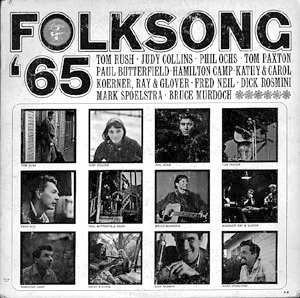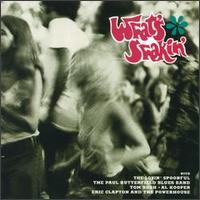 Over the past three decades, digital music has made it deceptively easy for artists to record, and then access a huge online audience of music consumers. They only need a computer, some competent software, and their music can be recorded, mixed, promoted, and then sold online. For consumers, this easy process generates its own problems. There are far too few knowledgeable critics available to filter out the mediocre music for buyers.
Over the past three decades, digital music has made it deceptively easy for artists to record, and then access a huge online audience of music consumers. They only need a computer, some competent software, and their music can be recorded, mixed, promoted, and then sold online. For consumers, this easy process generates its own problems. There are far too few knowledgeable critics available to filter out the mediocre music for buyers.Regardless of your position on the union of artists, and people in the business of selling music, the A & R representatives have always played a key role in the success of an artist. Good or bad, they are the filters for consumers.
 In the fifties and sixties, Elektra Records played an important part in recording, and promoting acoustic folk artists in the United States. As they watched many electric bands from Britain gain success in the pop market, they wisely made efforts to change their focus from recording acoustic to electric folk music. They started their conversion with the Paul Butterfield Blues Band, and then they recorded bands like Love, The Blues Project and several others, but The Paul Butterfield Blues Band was their first.
In the fifties and sixties, Elektra Records played an important part in recording, and promoting acoustic folk artists in the United States. As they watched many electric bands from Britain gain success in the pop market, they wisely made efforts to change their focus from recording acoustic to electric folk music. They started their conversion with the Paul Butterfield Blues Band, and then they recorded bands like Love, The Blues Project and several others, but The Paul Butterfield Blues Band was their first.One of the marketing tools Elektra used to promote their artists a product called the sampler album. It was a vinyl recording of a few bands, packaged, and sold as an artist introduction to the consumer. Personally, I liked the idea of the sampler and still do. I had one in my record collection during the seventies, I can't remember the label. It had a track from Pink Floyd, Mississippi Fred McDowell, and my favourite Guitar Junior's, Broke and I'm Hungry; I probably would never have heard him if it hadn't been for that sampler
 |
| The British release. |
After the American release, Elektra's president Jac Holzman boasted that What's Shakin' would become a success in the mainstream market, but instead, it made a mark in the flouishing underground music scene. (This scene was really the chosen music of the counter culture/ hippie movement.) So, in the end, What's Shakin' gained most of its success as a hit album on FM throughout the United States, not AM radio . It probably wasn't the kind of success Elektra had anticipated, but the album did get a lot of air time, and made some money for the label. In addition, the Butterfield tracks were important enough to inspire quite a few of the growing breed of Blues/Rock musicians of the day, which included a very young Gregg and Duane Allman.
There are five songs by the Butterfield band on the album: Good morning Little School Girl, Lovin' Cup. Off the Wall, One More Mile and Spoonful. I think all of them are from the same sessions a The Original Lost Elektra Sessions. However, I am not sure why One More Mile and Off the Wall didn't make it to that release.
If I had to sum up What's Shakin' , with exception of the Butterfield band, its not representative of what any of the artists were doing at the time. By the time of its release even Butterfield was starting to move in different musical directions. Personally, the album has given me one of my all time favourite blues/rock tunes in One More Mile. Bloomfield's guitar solo and Butterfield's vocals still move me!

No comments:
Post a Comment